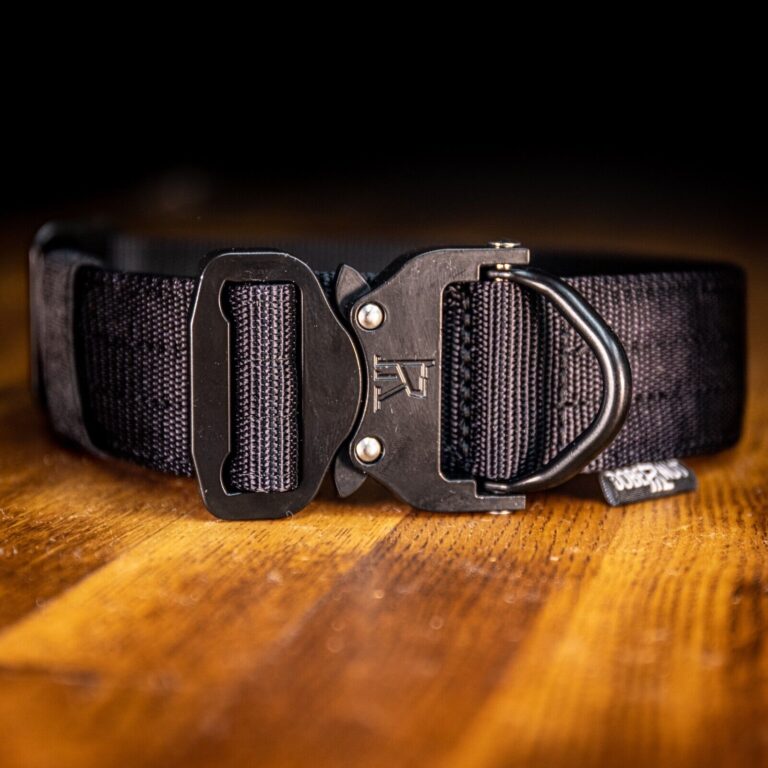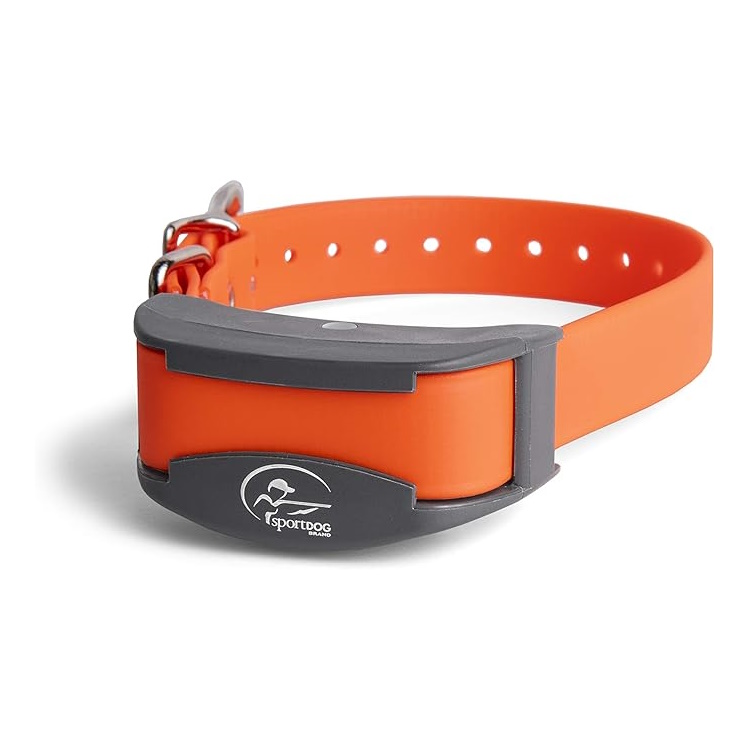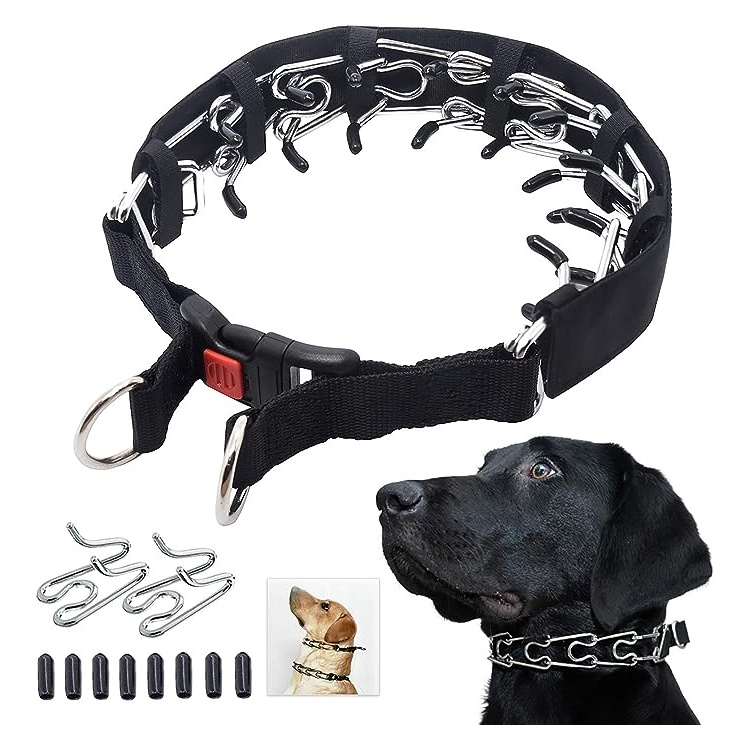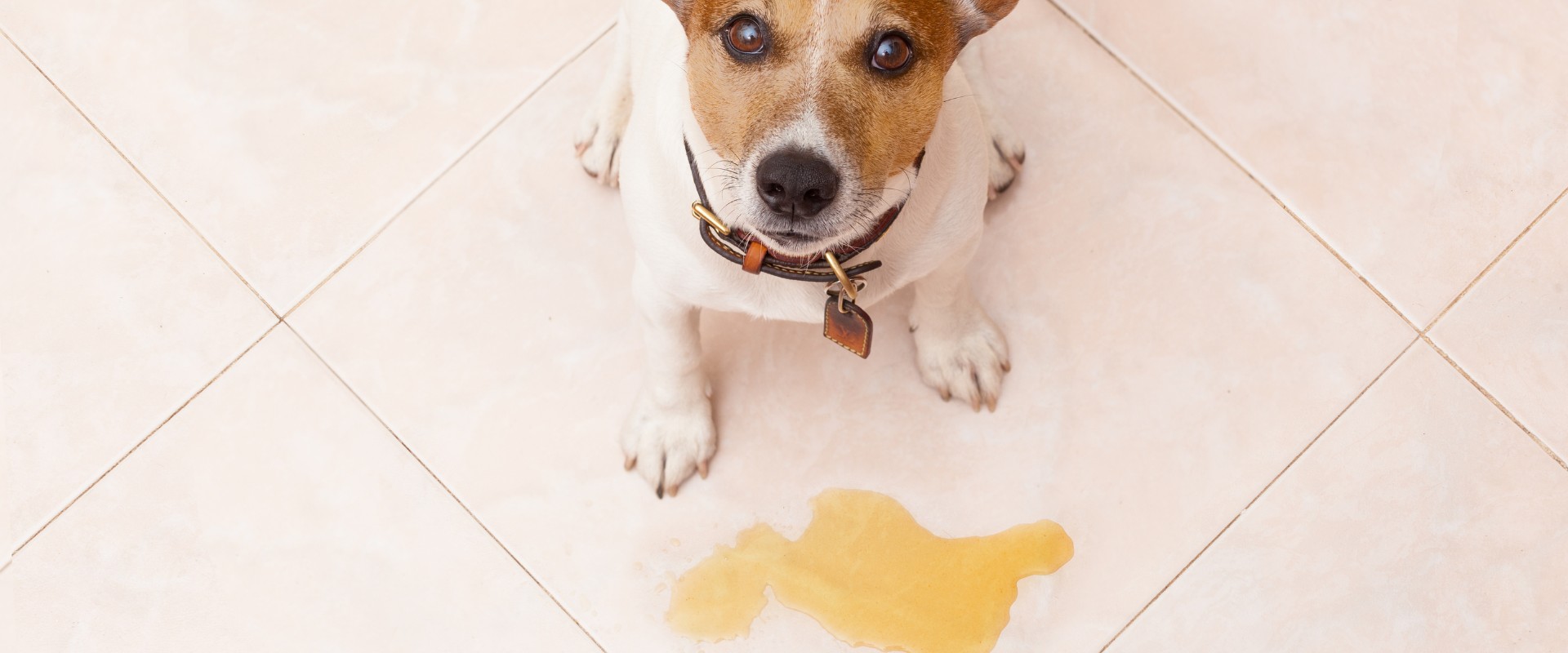There are various types of dog collars on the market, each with its distinct advantages and drawbacks for training purposes. The most appropriate collar for your dog will depend on a variety of factors, including its breed, temperament, and training goals.
The Five Main Types of Dog Collars
Buckle Collar:
Choke Chain:
Head Halter:
Martingale Collar:
Electronic Collar:
Dog Sport Collar 1.5inch 4cm cobra style
SportDOG Brand FieldTrainer collar
DAGANXI Tactical Dog Training Collar
Factors to Consider When Choosing a Dog Collar for Training
- Breed: Some breeds of dogs are more prone to pulling than others. If you have a dog that is known for pulling, you may want to consider a choke chain or head halter.
- Temperament: Dogs with anxious or fearful temperaments may be more sensitive to correction. If you have a dog with a sensitive temperament, a buckle collar or martingale collar may be a better choice.
- Training Goals: What are you hoping to achieve with your dog training? If you are simply trying to teach your dog basic obedience commands, a buckle collar may be sufficient. However, if you are working on more complex behaviors, you may need a specialized collar, such as a head halter or electronic collar.
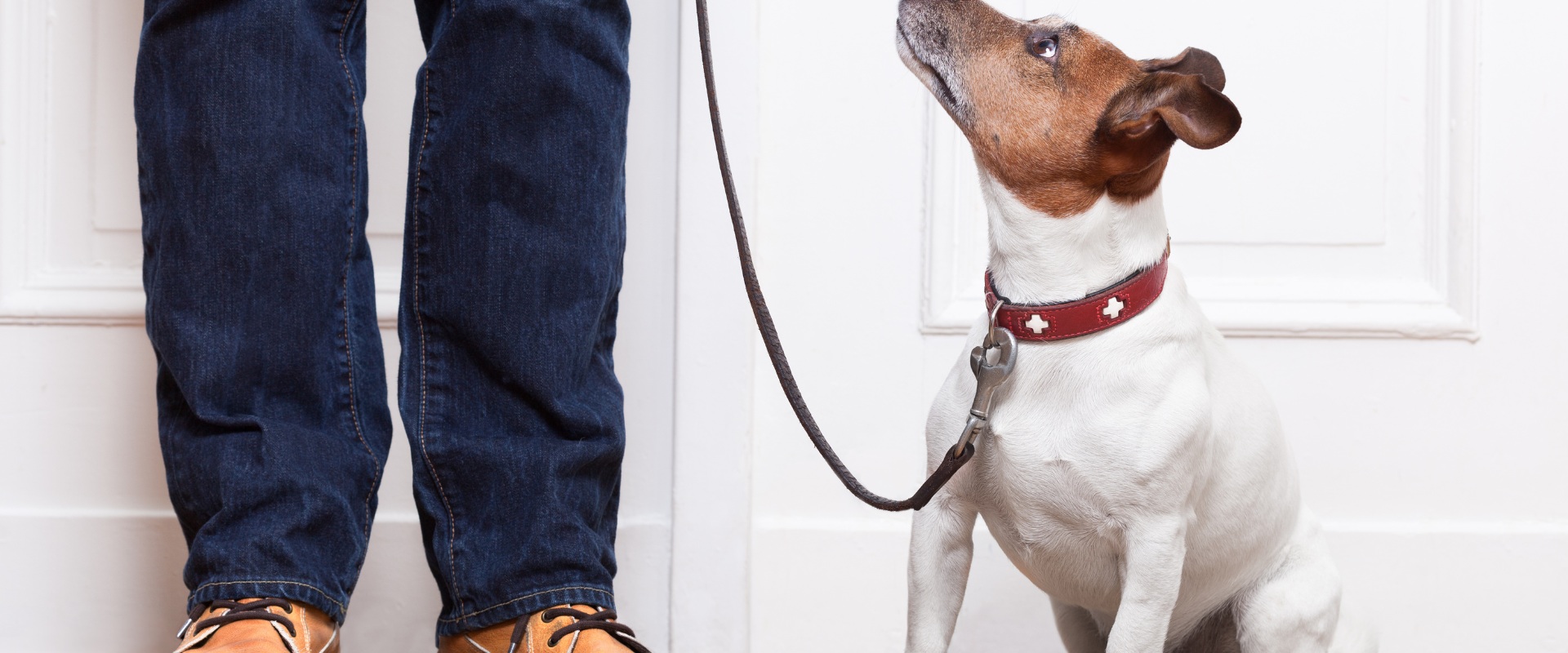
Additional Tips for Using a Dog Collar for Training
- Make sure the collar fits properly. A collar that is too loose will not be effective, while a collar that is too tight can be uncomfortable and even dangerous.
- Introduce the collar slowly and gradually. Don’t put the collar on your dog for the first time and immediately start training. Let your dog get used to wearing the collar in a relaxed setting before you start using it for training.
- Be consistent with your training. Consistency is key to successful dog training. Use the same collar and training methods each time you train your dog.
- Be patient and positive. Dog training takes time and patience.
Don’t get discouraged if your dog doesn’t seem to be getting the hang of it right away. Just keep practicing, and be patient and positive with your dog.
Conclusion
The best type of collar for dog training depends on a variety of factors, including the breed, temperament, and training goals of the dog. It is important to choose a collar that is comfortable and effective for your dog. With patience and consistency, you can successfully train your dog using a variety of collars and training methods.
We hope this blog post has helped you learn more about the different types of dog collars and how to choose the right one for your dog training needs. If you have any questions, please feel free to leave a comment below.

